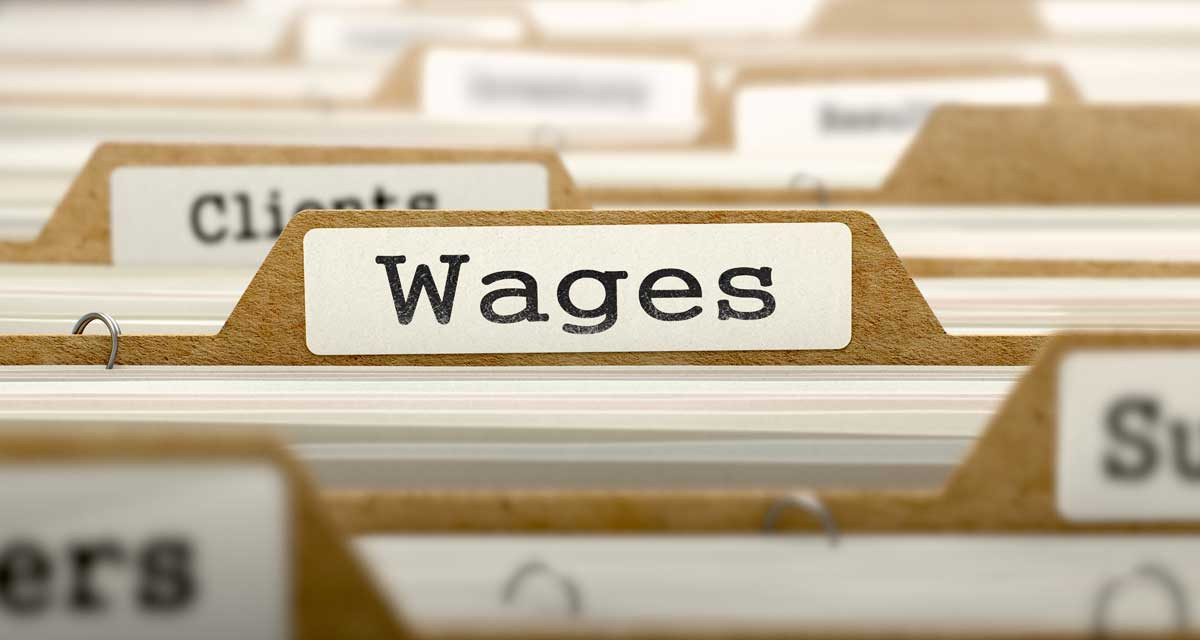COVID Resource Center
This Page Contains The Following
Our intention is to provide practical and useful HR information. Please note the evolving situation may make some information outdated.

Insights
FAQs
Links
New York
NY Department of Labor Unemployment Insurance
https://labor.ny.gov/unemploymentassistance.shtm
NY COVID-19 Information
https://coronavirus.health.ny.gov/home
NY Frequently Asked Questions for Businesses
New York City
NYC COVID-19 Services and Resources (Including Employment Resources and Financial Assistance for Organizations)
https://www1.nyc.gov/site/helpnownyc/get-help/organizations.page
NYC Health COVID-19
https://www1.nyc.gov/site/doh/health/health-topics/coronavirus.page
New Jersey
NJ COVID-19 Information Hub
NJ Business Action Center Information for Businesses
NJ Economic Development Authority COVID-19 Related Programs for Businesses
https://www.njeda.com/about/Public-Information/Coronavirus-Information
NJ Department of Labor Information for Employers
https://www.nj.gov/labor/employer-services/business/covid.shtml
NJ COVID-19 Travel Advisory
Connecticut
CT COVID-19 Information
https://portal.ct.gov/coronavirus
CT COVID-19 Business Resources
https://portal.ct.gov/Coronavirus/Information-For/Business-Resources
CT Department of Labor COVID-19 FAQs
Pennsylvania
PA Department of Labor COVID-19 Unemployment Insurance
https://www.uc.pa.gov/Pages/covid19.aspx
PA COVID-19 Guide
https://www.pa.gov/guides/responding-to-covid-19/
PA Department of Labor Employment FAQs
https://www.uc.pa.gov/COVID-19/Pages/Employer-COVID19-FAQs.aspx
Massachusetts
MA Department of Labor COVID-19 Unemployment Insurance
https://www.mass.gov/info-details/massachusetts-covid-19-unemployment-information
MA COVID-19 Guide
https://www.mass.gov/info-details/covid-19-guidance-and-directives
MA Department of Labor Employment FAQs
http://www.masscosh.org/sites/default/files/documents/COVID-19%20FLD%20FAQs.pdf
California
CA Department of Labor COVID-19 Unemployment Insurance
https://www.edd.ca.gov/about_edd/coronavirus-2019.htm
CA COVID-19 Guide
https://www.cdph.ca.gov/programs/cid/dcdc/pages/immunization/ncov2019.aspx
CA Department of Labor Employment FAQs
Texas
TX Department of Labor COVID-19 Unemployment Insurance
https://www.tdi.texas.gov/wc/information/coronavirus.html
TX COVID-19 Guide
https://dshs.texas.gov/coronavirus/
TX Workforce Commission Employment FAQs
Other Resources
-
SBA Disaster Assistance Loans
https://www.cdc.gov/coronavirus/2019-ncov/community/guidance-business-response.html
-
SBA Small Business Guidance and Loan Resourcess
https://www.sba.gov/page/coronavirus-covid-19-small-business-guidance-loan-resources
-
US Department of the Treasury COVID-19 Resources and Updates

© Excelerator® Consulting, Inc 2024.
All Rights Reserved
-
This email address is being protected from spambots. You need JavaScript enabled to view it. -
(888) 511-6001







